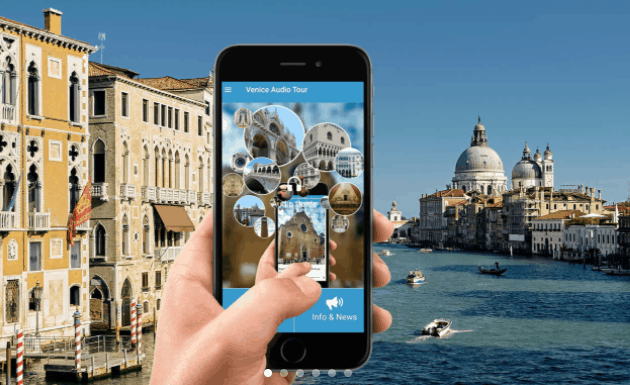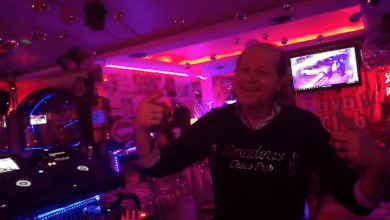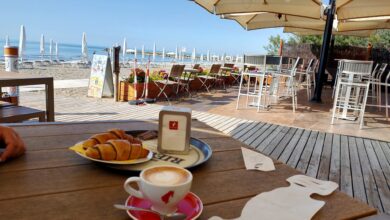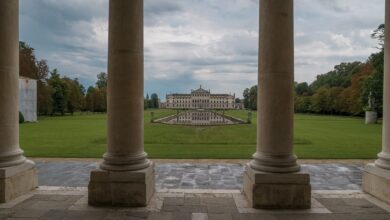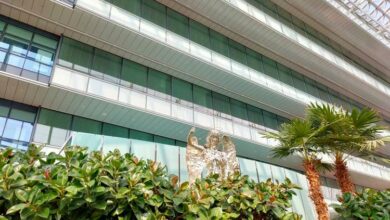Magic Chioggia, 2nd, little Venice, looks from an airplane like a giant fishbone
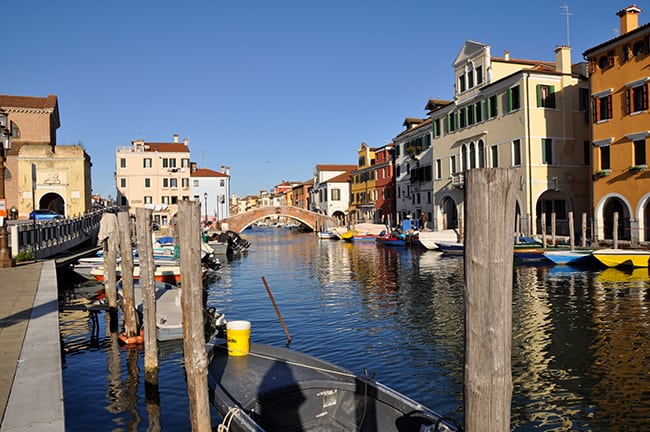
Chioggia as a Little Venice
Chioggia is a seaside town south of Venice, Italy. The historical center of Chioggia, if viewed from above, appears in the shape of a fishbone.
The city is called Little Venice for the urban characteristics of the ancient area very similar to that of Venice, the Venetian capital to which the city is connected. It is 52 km from Venice, 51 km from Rovigo, 42 km from Padua, 130 km from Verona, 85 km from Vicenza, 70 km from Treviso and 140 km from Belluno.
The historic center of the city rises at the southern end of the lagoon, on a group of islets divided by canals and connected to each other by bridges. Unlike Venice, much of the area is passable by cars and public transport.
Legend
The legend on the origins of Chioggia is linked to that of Aeneas, the mythical Trojan hero who fled to the destruction of Troy who sailed for the Mediterranean and then settled in the Latium.
Antenore, Aquilio and Clodio also left with Enea and, halfway through the journey, they separated from their fellow citizens to head towards the Venetian lagoon, founding Padua, Aquileia and Clodia respectively.
As proof of this mythical foundation there is the symbol of the city, a red rampant lion on silver, chosen by Clodius himself in memory of his hometown, and the name of the city itself. From archaeological finds and recent studies, it is possible to hypothesize the birth of the city around 2000 BC
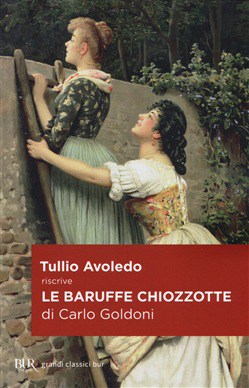
Comedy Le Baruffe Chiozzotte
Le baruffe chiozzotte (Brawling in Chioggia) is a play by the Italian playwright Carlo Goldoni, first performed at the Teatro San Luca in Venice in January 1762.
Lorem ipsum dolor sit amet, consectetur adipiscing elit. Ut elit tellus, luctus nec ullamcorper mattis, pulvinar dapibus leo.
It deals with the comic struggles between two groups of fishermen in the lagoon-mouth village of Chioggia brought on by the love affairs of the younger generation.
Written in a dialect even more exotic than Venetian, the comedy is intensified by the presence of a hapless young Venetian official, who is helpless to enforce order on the sly inhabitants he is supposed to keep under control
In modern times, the play was revived at the Piccolo Teatro di Milano in 1962, in production by Giorgio Strehler emphasizing the humanity and realism of Goldoni’s script over the conventionally farcical elements. In 1966 the production was filmed for Italian television.

Channels
In Chioggia – a group of islands connected to the mainland by a few roads. The main one – from the tourist point of view, for the typicality of the buildings and the churches that overlook it – is the aforementioned Canal Vena, crossed by nine bridges, in many ways similar to those found in Venice.
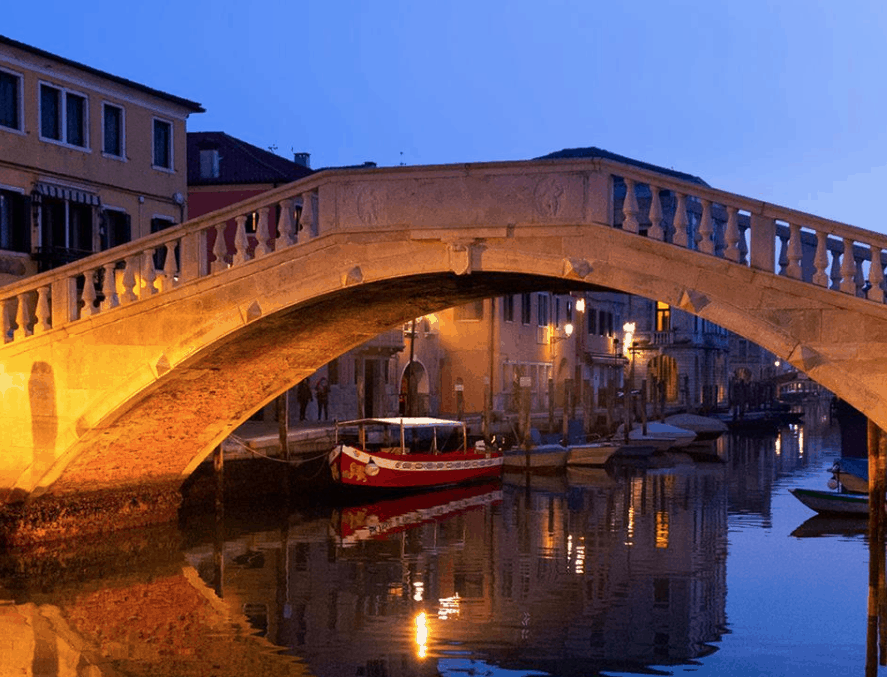

Ponte Vigo
The most imposing is the Ponte Vigo which closes the canal close to the lagoon leading to the square of the same name overlooking the station of the boats bound for Pellestrina.
There stands a tall column surmounted by the Lion of the Marches, a symbol of Venetian pride but ironically called by the Venetians el gato (the big cat) because of much smaller dimensions than that of the lion of Venice, cause of strong quarrels, the famous “brawls”, between Venetians and chioggiotti, the latter considering themselves offended by the contempt that this nickname precludes.
The other canals that cross or enclose Chioggia perpendicularly are the Lusenzo Canal, to the south, the Lombardo Canal, to the west, and the San Domenico Canal, to the east. The outermost part of the city is called Riva Mare.
The main resource and source of development is fishing which makes Chioggia one of the most important seaports in the Adriatic. Another source of income for this city is given by the agricultural production of radicchio (Rosa di Chioggia).
Other minor forms of income in the city of Chioggia are given by the textile and wood industries and by the multiple presences of small shipyards (commonly called “squeri” by the locals), which deal with the construction and repair of fishing boats and boats. Wood.
Other points of interest near Chioggia
Porta Garibaldi is a fortress that marks the access to the center of the Renaissance city of Chioggia south of the historic center. The date of construction of the door is not certain but is around 1300, a year characterized by numerous wars.
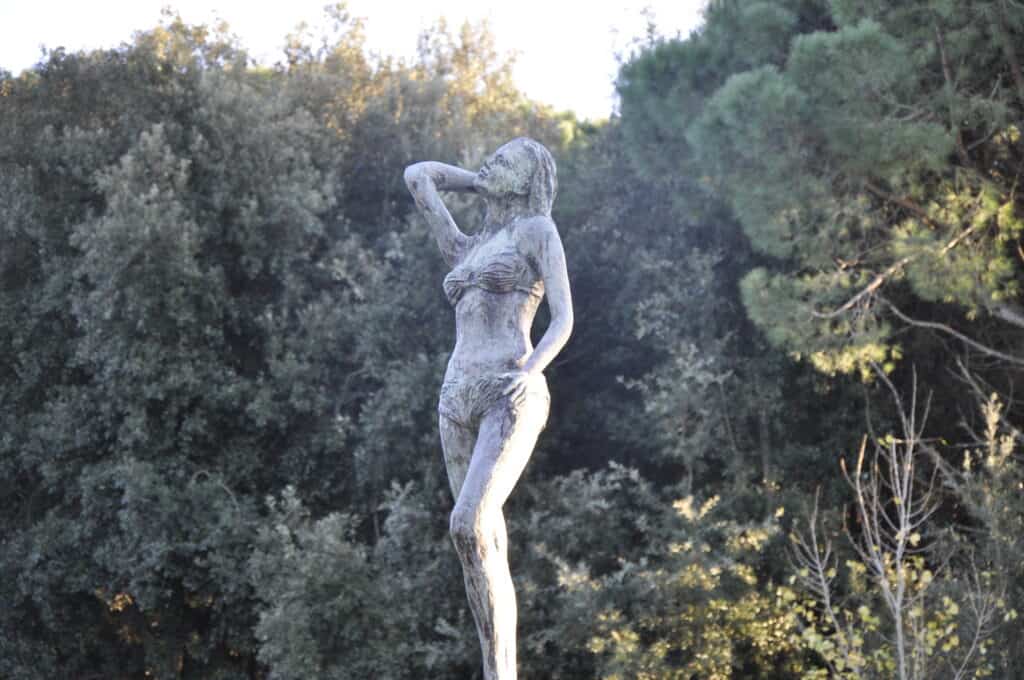
Sottomarina Beach
Sottomarina beach extends from the mouth of Chioggia harbor to the mouth of the Brenta-Bacchiglione, while Isolaverde beach extends from the mouth of the Brenta-Bacchiglione to the mouth of the Adige river.
All along the beach, there are renowned bathing establishments, which are an economic resource for the city. The beach can be reached via the Lungomare Adriatico, a long road that allows you to continue from Viale Mediterraneo towards the bathing establishments and the internal streets.
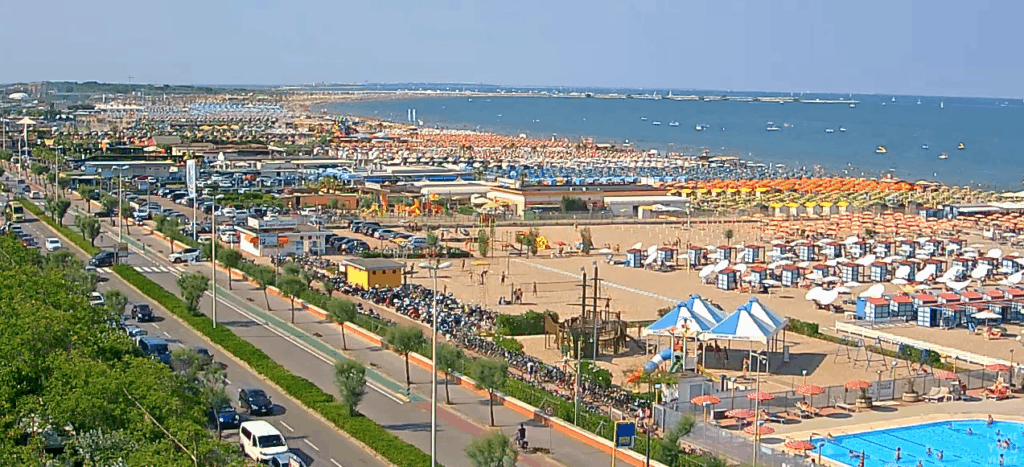
Isola Verde
Isola Verde is a small town in the municipality of Chioggia, out of the city. Contact with nature and the tranquility of a holiday near the sea are indispensable needs for those who want to stay in Isola Verde. Country roads or along the Adige and Brenta rivers offer the vision of landscapes where the flora and fauna characterize a natural environment in which an excursion by bicycle or on foot, even in the nearby Bosco Nordio, offers well-being and relaxation to our body and amazement to the our eyes.
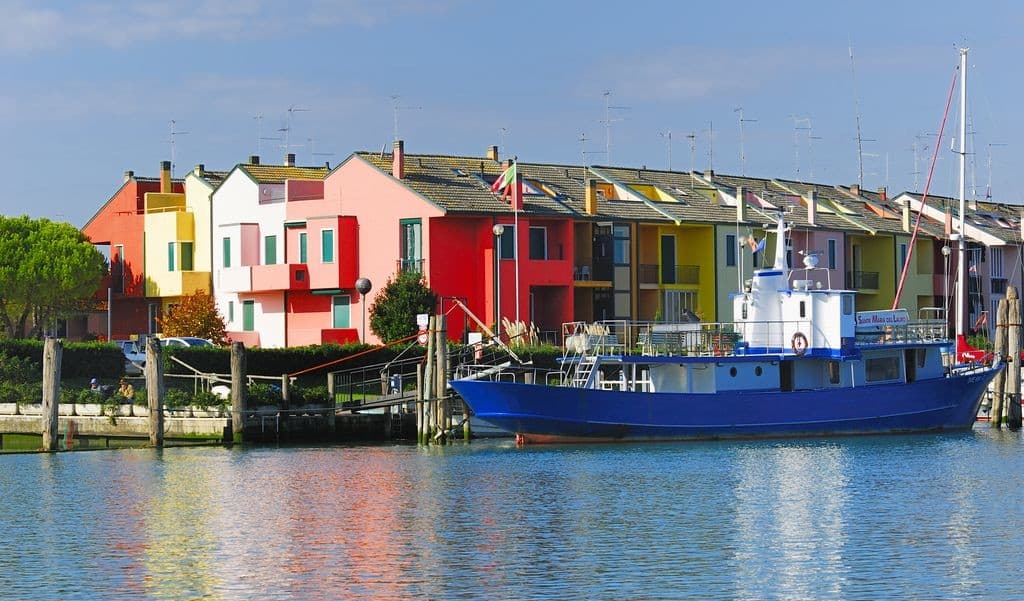
Sources:
Citta di Chioggia: https://www.chioggia.org/index.php?lingua=4
Wikipedia:
https://en.wikipedia.org/wiki/Chioggia
https://en.wikipedia.org/wiki/Le_baruffe_chiozzotte
Photos: Pixabay, LiveByWeb
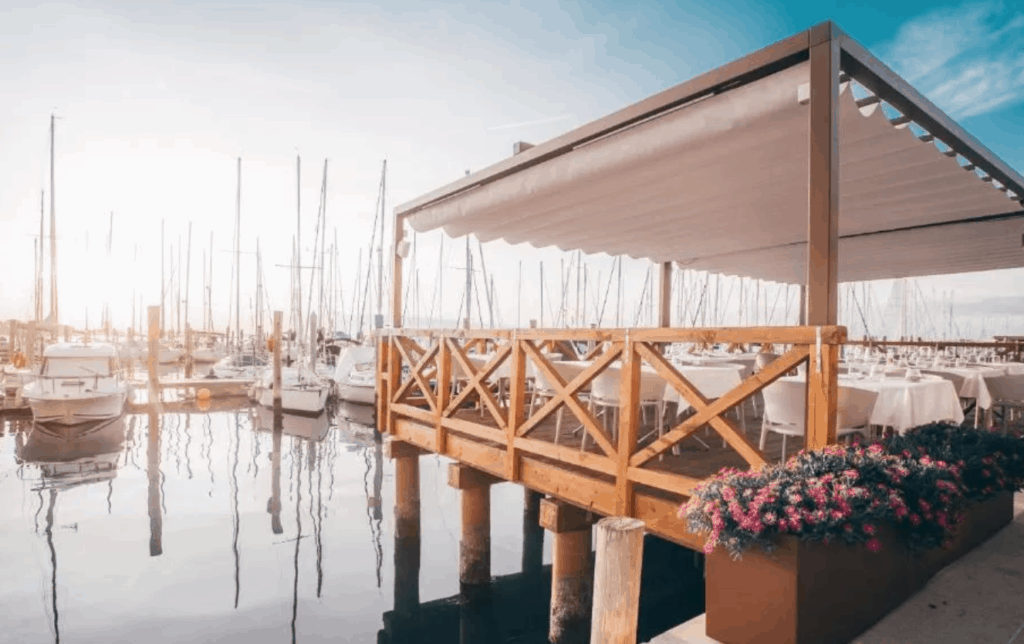
Accommodation in Chioggia
Book your hotel room, apartment, hostel, and other in Chioggia online. Enjoy the magic of the city, the beauty of beach.
